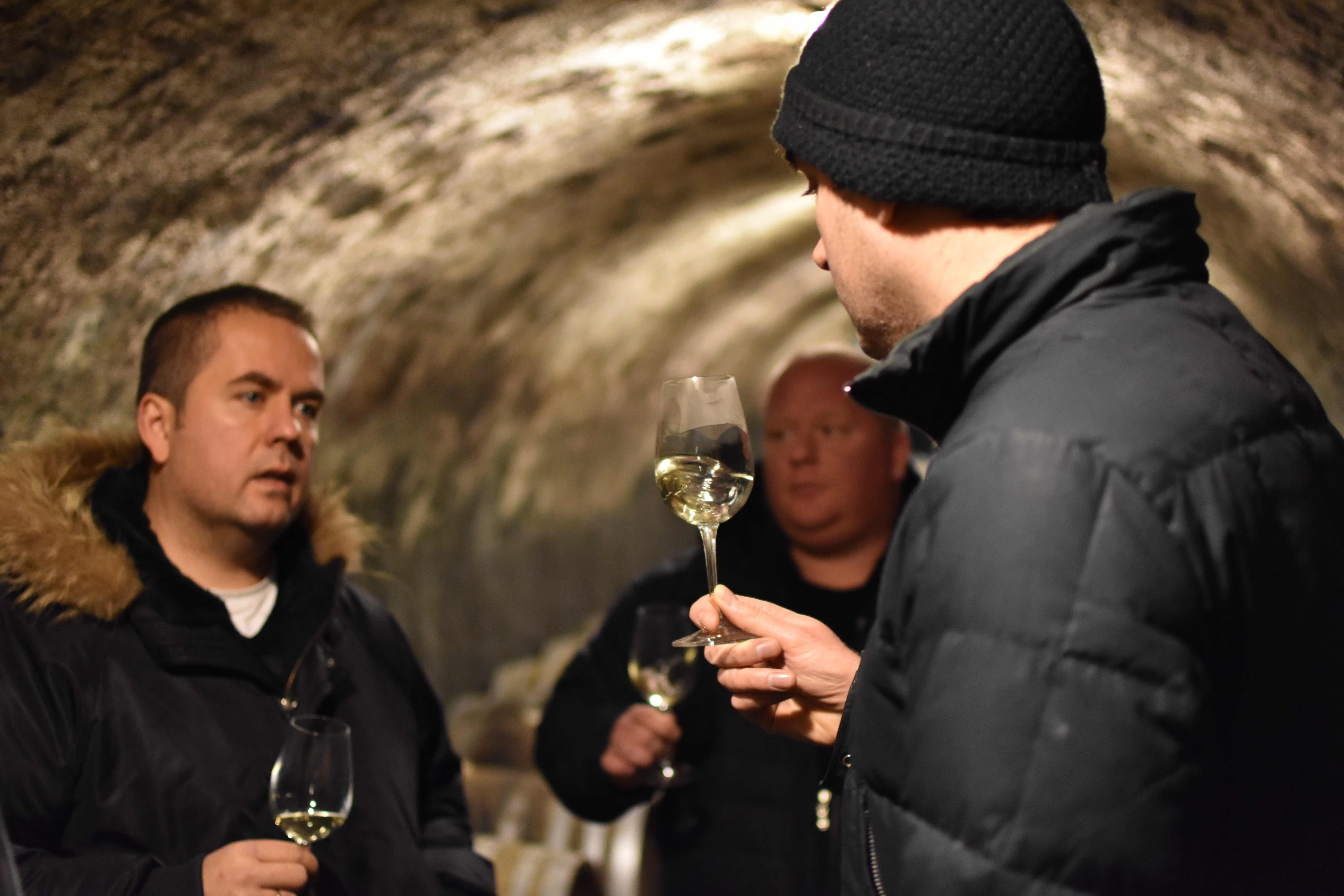Three major importers, Corney & Barrow, Jascots and Boutinot, share their thoughts on how to make the most of Hungarian wines in the premium on-trade ahead of The Buyer’s and Wines of Hungary’s sommelier workshop on November 7.
Rebecca Palmer, wine buyer at Corney & Barrow
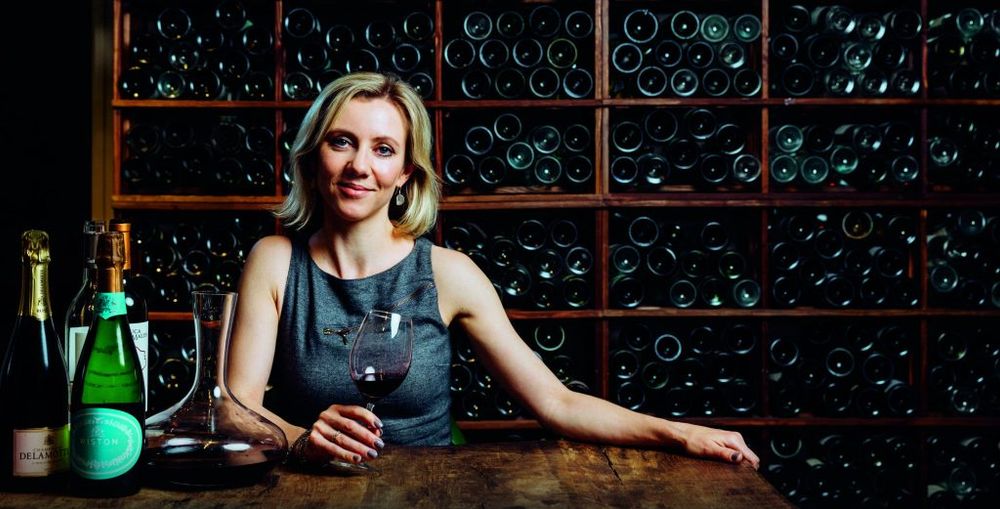
Corney & Barrow’s Rebecca Palmer will be joining The Buyer and Wines of Hungary sommelier workshop on November 7 at M Victoria. Click here for more.
How long have you been working with Hungarian wines?
With Barta, C&B’s first exclusive agency, we’re about to hit our six month anniversary. For a few years, we had worked with small parcels of Aszu and a bit of dry Furmint, but we sourced these to requirement for customers (both private and on-trade) via UK agents.
Why did you decide to give Hungary a go?
Two reasons: Partly because demand seemed to be reaching a level that it made sense (just!) to take on an agency and make it commercially viable for all parties involved – the customer, the producer and C&B as importer-distributor. It is also important to clarify that, honestly, it’s not commercially viable to ship below a certain quantity – the freight costs are just so prohibitive, it doesn’t make sense. But at the same time, nor does it really make sense commercially to work via an agent.
The second reason was that for the previous year or so, tasting Furmint more widely I had become increasingly preoccupied with it. It has so much potential in terms of its flavour, structure profile and its versatility both with and without food. I wanted to take on an agency focused on dry Furmint with sweet on the side (aszu/szamorodni).
How did you decide which winery to work with – what were you looking for?
The decision as to which winery to take on was driven by the style of dry Furmint we were seeking, (though obviously philosophically there had to be a fit too). But I was absolutely clear what I wanted the style to be. It’s not rocket science, it’s about a particular type of fragrance and tension. I was hoping for a producer who wanted to take Furmint on a tightrope walk. Someone with the vineyards and understanding and will to want to create that tricky tension between fruit, acid structure, minerality. There are lots of producers making decent Furmint, but few who seem to really nail that combination of fragrance, purity and poise.
How are your sales of Hungarian wine going?
We only launched a few months ago but have a growing list of high-profile listings not only in London but up and down the country.
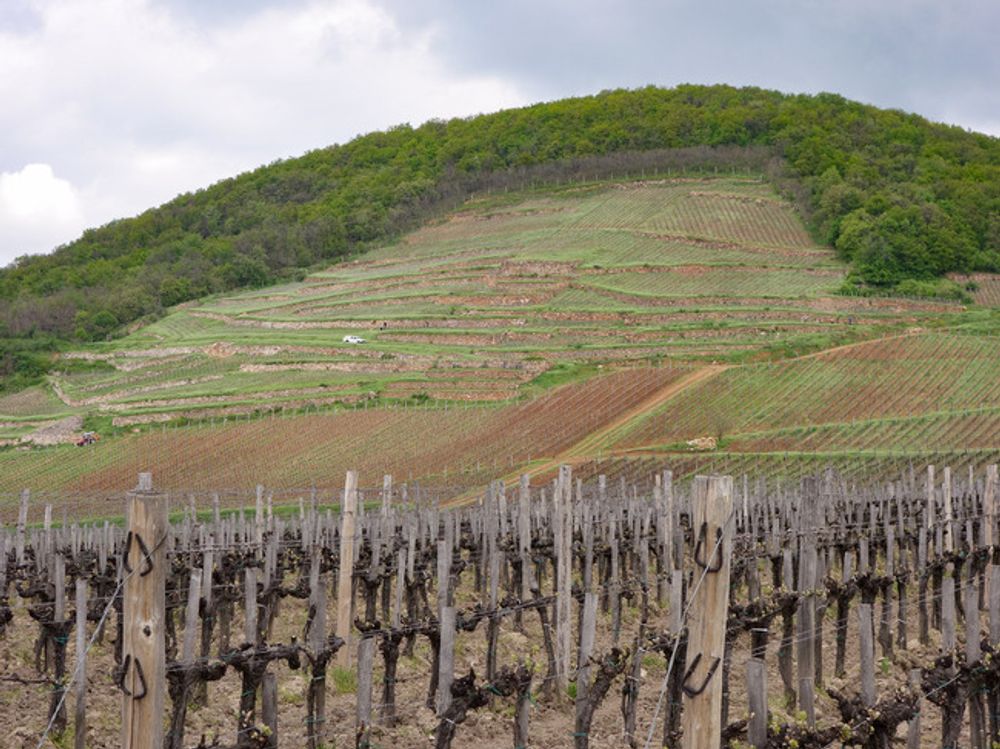
Seek and thy shall find: The Barta vineyards are on the steep slopes of King’s Hill
Where have you had the most success?
We are seeing impressive on-trade growth and – pleasingly – in a wide spread of restaurants from central London casual and fine dining to East London indies to bar chains like Drake & Morgan, so it’s promising. We are also selling to private customers and corporate clients, so it’s quite a wide range.
What price points work best for Hungarian wines?
Our range is small – it’s our first agency – so I can only really speak for us, but Barta’s fighting price Furmint (Egy Kis) is retailing at £13.95 and is absolutely flying. Fantastic value for money. Their single vineyard (effectively premier cru) Oreg Kiraly retails at £23.50 and a 50cl of Szamarodni for £24.95. The wines are competitively priced and over-deliver in terms of their category.
What advice would you give anyone else looking to take on Hungarian wines for the first time?
Look to your customers first and foremost; assess how the producer’s wines can meet their need/want. Part logic, part intuition. You have to know you truly believe in the wines, particularly given that the category is fledgling, not least because as a buyer you have to be able to sell it first internally. Make sure the pricing works, and tell the producer’s story in a way that is authentic and compelling.
Do you work with other producers from other traditional, but still emerging wine countries in Eastern Europe and around the world?
We started working with Recas Cramele (Romania) in early 2018. Different style of wines, different reasons, different aspirations. Fantastic operation on so many different levels. I hope to go back again before long to look at additional blending options. As to other emerging regions, we started working with Peru a year or so ago. A historical family producer called Santiago Queirolo, with a crazy high altitude vineyard project in the Ica Valley 300km south of Lima in the desert. Pacific + desert + altitude influence. It has international varietals (Chardonnay, Sauvignon Blanc, Cabernet Sauvignon) with an inclination towards South West France (eg Malbec, Tannat, Petit Verdot). It’s an absolutely bonkers place, vineyards in ravines and on vertiginious gradients. And from the soil perspective, it’s a fantasy geekout basalt boulders, layers of slate, terraces of schist, volcanic sand, chalk pebbles, clay, quartz. All in all: huge aspiration, smarts, + massive potential. But it’s just the start of the story.
When looking to take on those kind of producers do you have specific or different criteria you use than working with a winery from a more established wine country?
It depends, to an extent, on the known quantity and level of traction there is in the market – eg familiar grape variety or popular price point etc that can help smooth the way to purchase. But the less well-known the category (eg production area/variety), the greater the required hand-sell. So, it becomes even more important for that wine to have star quality and a compelling story and price.
Miles MacInnes, managing partner, Jascots

Miles MacInnes is a big fan of Hungarian wines and what it can bring to a list
How long have you been working with Hungarian wines?
With sweet Tokaji for decades and dry wines for the last two years or so.
Why did you decide to give them a go?
Amazing quality and value, growing demand for wines from less obvious sources and the exciting styles of wines they make combining richness, complexity and finesse.
How do you decide which wineries to work with – what are you looking for?
We always choose wines on quality first, though we believe you can’t judge quality separately from value, the wines we buy need to be exceptional quality for the price. We like to bring new producers to market where we can and to work with people that share our commitment to quality, sustainability and high standards of employee welfare. Zsirai, whose wines we are showing, are making amazing wines already and have masses more potential. Winemaker, Kata, is Hungary’s young winemaker of the year. Their story is inspiring and they’re lovely people.
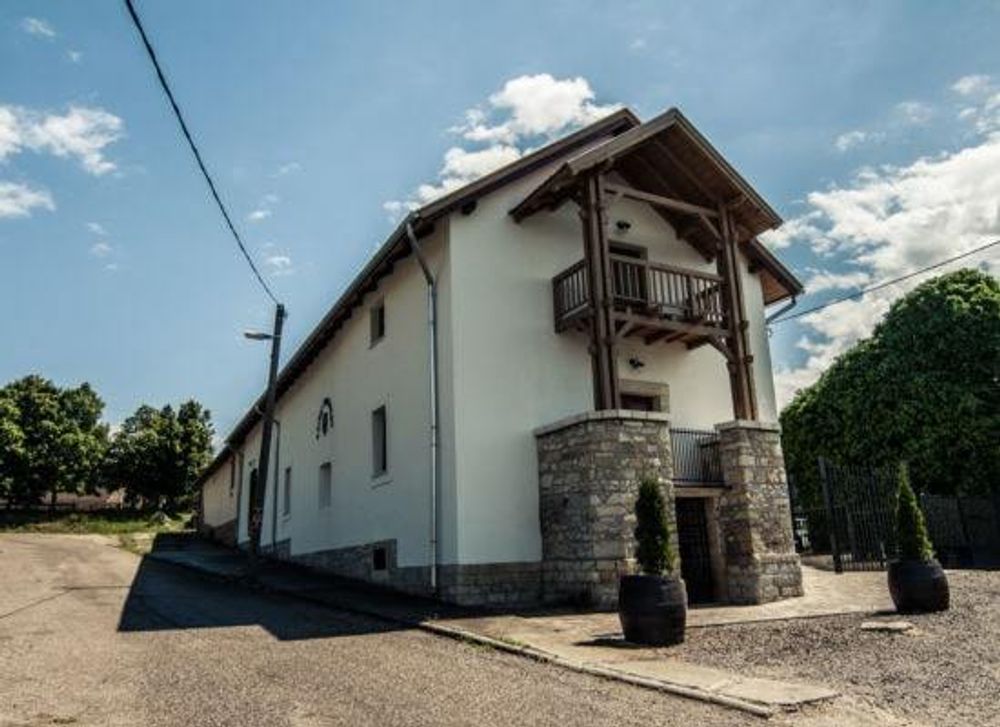
Zsirai: inspiring wines from inspiring people says Miles MacInnes at Jascots
How are your sales of Hungarian wine going?
Above expectations! We are seeing good sales in quality restaurants, that’s the most significant market.
What price points work best for Hungarian wines?
At restaurant price: £25 – £40 per 75cl bottle for still wines and £8 – £10 per (70-100ml) glass for sweet aszu wines.
What advice would you give anyone else looking to take on Hungarian wines for the first time?
Look beyond Furmint – there are amazing wines at very affordable prices from less famous varieties.
Do you work with other producers from other traditional but still emerging wine countries in Eastern Europe and around the world?
Yes – We have worked for many years with an exceptional biodynamic producer in Croatia, we are having great success with Romanian wines and we’re keen to do more. Currently looking for wines from Slovenia, Moldova, Bulgaria, Georgia and Armenia
When looking to take on producers do you have specific or different criteria you use than working with a winery from a more established wine country?
No! Same criteria.
Alex Gittins, head of buying, Boutinot
How long have you been working with Hungarian wines?
Just over a year now. We launched Kardos and Nimrod Kovacs wines at our September tastings last year.

Nimrod Kovacs who has given his name to his own range of Hungarian wines
Why did you decide to give them a go?
Increased interest in central and eastern Europe from our customers. The success of Domaine de Tourelles (Lebanon) has given us confidence that people really want to discover wines from more unfamiliar regions. Added to this, it became clear that there is excellent quality to be found with wine styles which are not obscure, just reassuringly different.
How did you decide which wineries to work with – what were you looking for?
We weren’t specifically looking for Hungarian wineries, just wineries which offered great quality, value and interest. These two producers complemented each other well. One, Kardos, a classic Furmint focused producer from Toakji and the other, Kovacs, an old winery with great Vineyards in Eger. Kovacs in particular gave us an interesting mix. Classic varietals – Chardonnay and Pinot Noir from Burgundian type climate, and then interesting high-quality local wines like the Kekfrankos and Egri Csillag.
How are your sales of Hungarian wine going?
Good, we’ve seen lots of interest from on trade and indies for a broad range of wines. Dry Furmint seems to have some real momentum now and it’s increasingly being seen as a high quality dry white wine style. We’re also seeing great interest in the Pinot Noir and Chardonnay from Nimrod Kovacs, particularly in the on-trade.
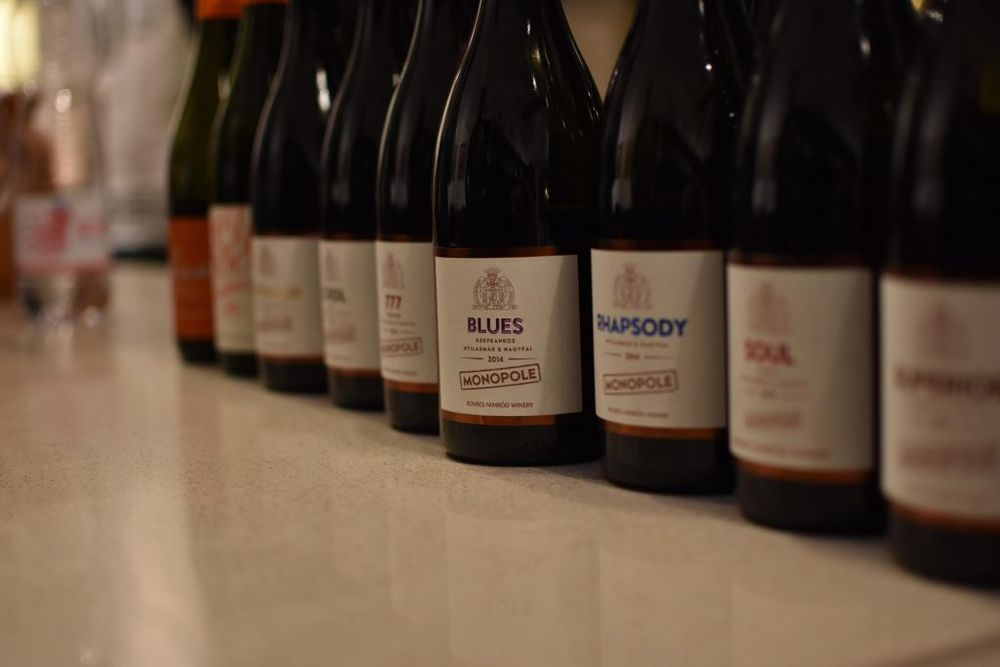
Some of the wines in Boutinot’s Hungary range
What price points work best for Hungarian wines?
Above £20 retail / £50 on trade seems to be a difficult barrier. We have an incredibly poised single vineyard Furmint from Kardos which needs to list nearer to £60 on-trade and I think the feeling is that this is too high for a region which is still a step into the unknown for must consumers. It’s no surprise that our best-selling wines are mid-priced dry white wines. Kardos Dry Furmint (£10 – £12 retail, £25 – £30 on trade) , and Nimrod Kovacs Egri Csillag. £8 – £10 retail, £20 – 25 on trade.
Do you work with other producers from other traditional but still emerging wine countries in Eastern Europe and around the world?
Only Lebanon at present, but Domaine de Tourelles is enjoying good growth across our trading channels.
When looking to take on those kind of producers do you have specific or different criteria you use than working with a winery from a more established wine country?
In many ways these producers need to work harder to justify their place as they’re the first wines we’ve imported from Hungary. They’re coming into a portfolio full of wines, so anything new must be really good and worth it’s place. We can’t list wines to tick off countries or regions.
- If you would like to attend or find out more about The Buyer and Wines of Hungary sommelier workshop we are running on the morning of November 7 then please click here. The event has been designed to offer sommeliers and restaurant buyers the opportunity to get a commercial look at the opportunities for Hungarian wines in the premium on-trade by hearing from sommeliers and importers. There will be an initial panel debate featuring Peter McCombie MW, restaurant and wine consultant. Remi Cousin, head sommelier, Le Gavroche and Freddy Bulmer, wine buyer at The Wine Society, followed by a Q&A session with all participants and then a chance to taste wines from Corney & Barrow, Jascots and Boutinot and other selected producers working with Wines of Hungary in the UK. The session runs from 10.15am to midday on November 7 at M Victoria, London. If you are interested in attending please email Richard Siddle at richardsiddle@btopenworld.com. More details here.
